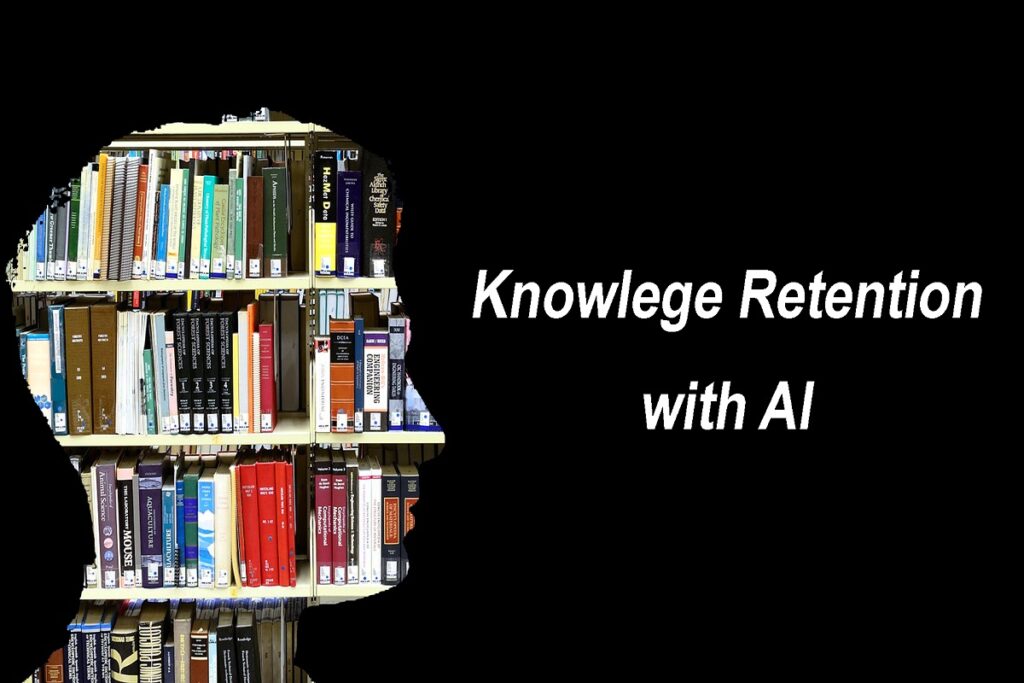Better, faster, cheaper – AI delivers many advantages in a manufacturing environment. In addition to the “big three” mentioned here, there is another one that might not be top of mind for most manufacturing leaders but should be: AI is a powerful tool that can be used to retain or replace critical “tribal” knowledge that would otherwise be lost.
That funny sound the robot makes
Recently I heard a fascinating story about how a large manufacturer diagnoses when a critical robot is due for maintenance: it makes a specific sound that the operator has learned to recognize. When they hear that sound, they know they better schedule maintenance within the next few days, or else the robot goes off-line.
It’s hard to think of a more perfect example of tribal knowledge than this.
The mere thought that the maintenance schedule of a critical piece of equipment is dependent on the auditory acuity of one or a few employees will frighten every line supervisor. What if they are sick, on extended leave, or – even worse – changing jobs or retiring?
That last scenario of employees leaving is very real but for different reasons in different places. In Europe, the main thread is an aging workforce. A report by McKinsey found that “Europe’s working-age population is expected to decrease by about 13.5 million, or 4 percent, by the decade’s end”. While this is a general problem, it is also especially a problem for manufacturing operations where the average age on the shop floor is often over 50 with few young people choosing manufacturing as their career path.
In the US the problem is quick employee turnover. A report found that the turnover in manufacturing has increased from 25.6% in 2015 to 31.3% in 2019. Chances are that the COVID-19 pandemic has exacerbated this issue.
When these employees leave, knowledge that has never been documented – like the importance of the sound the robot makes – leaves with them and with that is lost to the company.
The robot example highlights another point: some of the “tribal knowledge” of a company cannot be documented. Even if the employees who recognize the sound were eager to pass that knowledge on, how would they go about it?
AI can codify knowledge
Codifying knowledge is how AI can help. While it is probably not the best approach to try and teach an algorithm to discern the relevant pitch, something causes that sound, and chances are that an algorithm could learn to recognize that change or some other indicator that a problem has crept up and maintenance is needed.
Predictive maintenance tasks like this require highly specialized AI models and the good news is that these models work really well. They have a “small world” of tasks to perform and do so with great accuracy and reliability.
While a lot has been written about how AI can reduce maintenance costs and avoid expensive unplanned downtime, there has been little focus on the advantages of using AI to codify tribal knowledge. Given looming labor shortages in much of Europe and high turnover rates in the US, this aspect is bound to play a more important role in the decision-making of manufacturing leaders.
If you are interested in exploring how AI can help you codify and retain tribal knowledge within your manufacturing operations, please get in touch.

